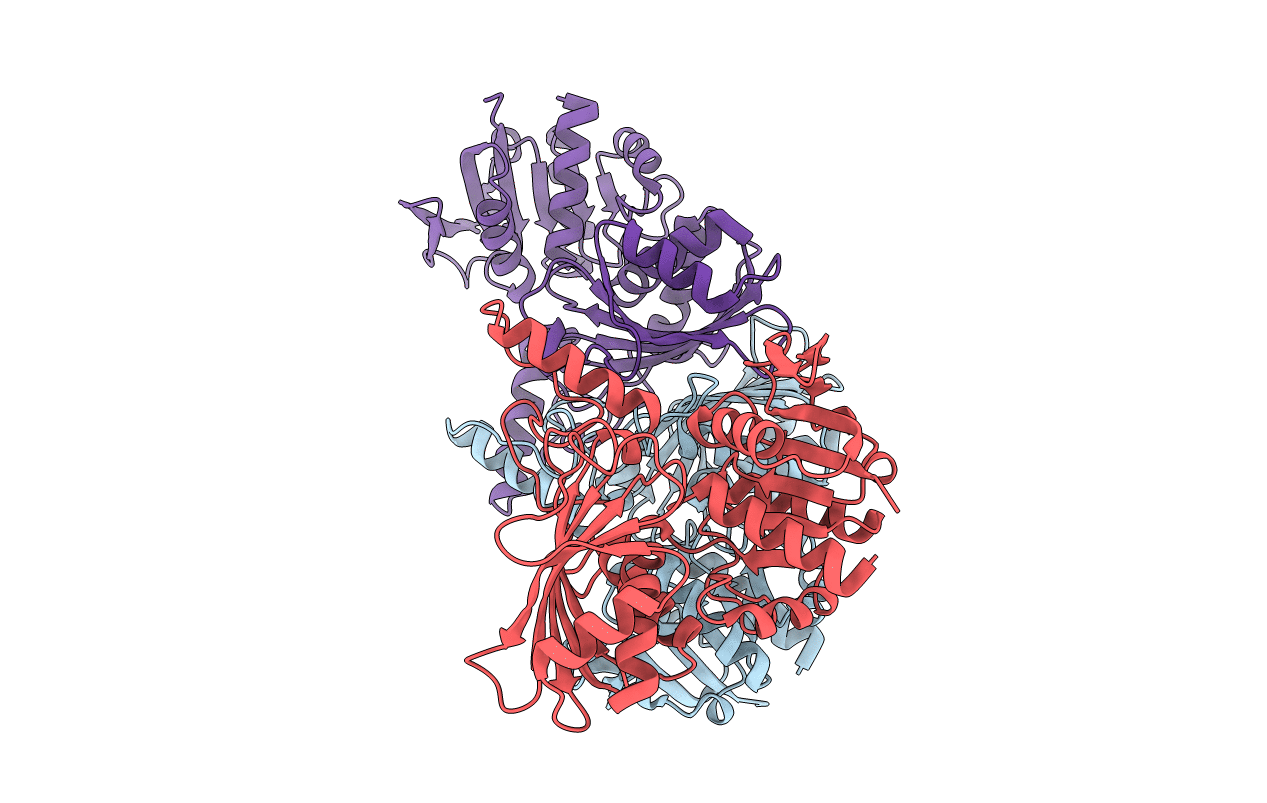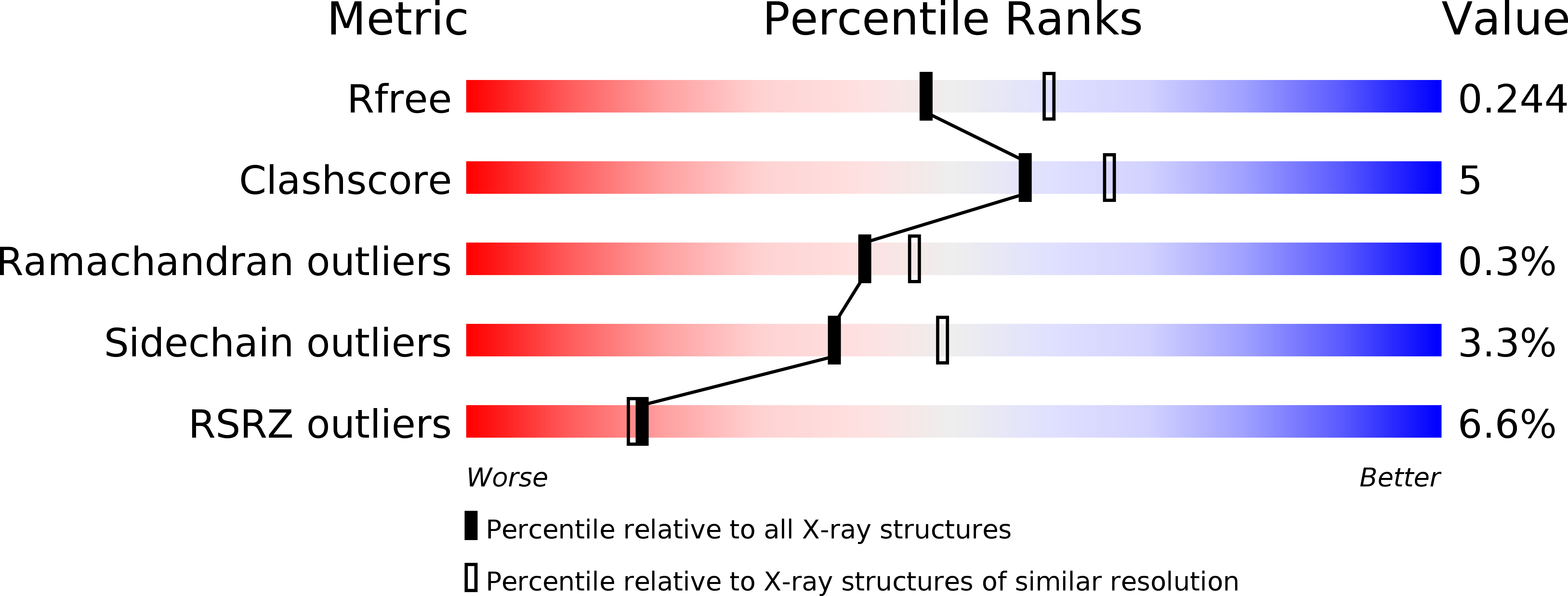
Deposition Date
2007-08-16
Release Date
2008-04-08
Last Version Date
2023-08-30
Entry Detail
PDB ID:
2QZ9
Keywords:
Title:
crystal structure of aspartate semialdehyde dehydrogenase II from vibrio cholerae
Biological Source:
Source Organism:
Vibrio cholerae (Taxon ID: 666)
Host Organism:
Method Details:
Experimental Method:
Resolution:
2.20 Å
R-Value Free:
0.24
R-Value Work:
0.19
R-Value Observed:
0.20
Space Group:
C 1 2 1


